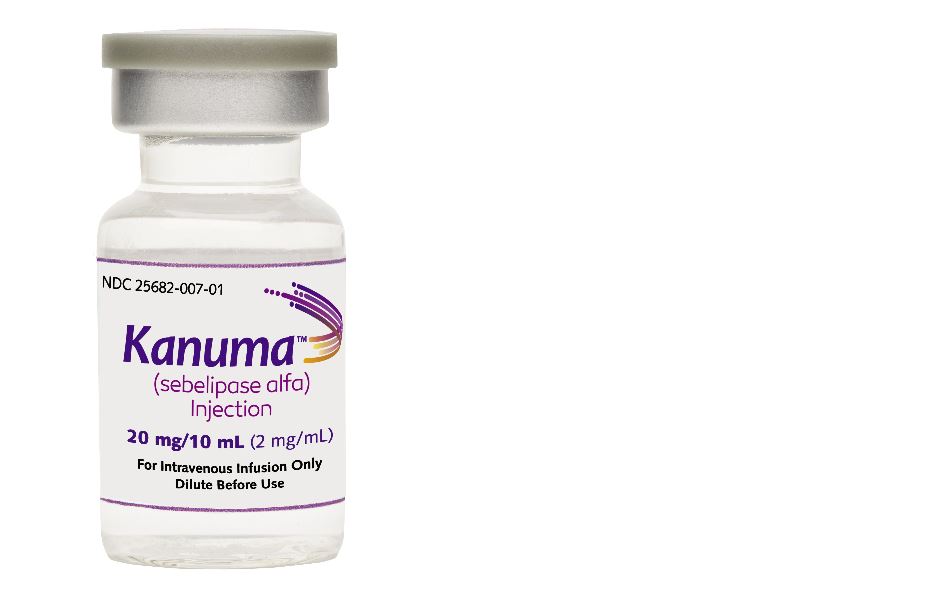Pharma must slash rare disease drug prices - patient organisation

More rare disease medicines should be approved in Europe and their prices should be slashed, an organisation representing patients has said.
EURORDIS, a non-profit alliance of more than 700 rare disease patient organisations, has set a target of a three to five-fold increase in the number of rare disease medicines – known as orphan drugs – approved in Europe by 2025.
It is calling for those drugs to be made available at one third to one fifth of the price.
The EMA recommended 18 orphan drugs in 2015, and although this compares favourably with 2011, when only four orphan drugs were given the green light, EURORDIS says more must be done to find treatments for rare diseases.
The price of orphan or ultra-orphan medicines can be eye-watering expensive in Europe, costing more than £300,000 (353,000 euros, $373,000) - though US prices are of course even higher.
Kanuma for the genetic condition lysosomal acid lipase deficiency costs almost £492,000 per patient annually in the UK, while Strensiq for paediatric-onset hypophosphatasia, costs £366,000.
Alexion has offered discounts, but NICE said the drugs remained not cost-effective use of NHS resources because of uncertainties in clinical data.
NICE and payer NHS England have proposed a new QALY threshold, allowing automatic funding for very rare condition treatments up to £100,000 per QALY, with products above this cut-off point only being considered through NHS England’s prioritisation framework.
Chiesi’s gene treatment Glybera, for the very rare condition lipoprotein lipase deficiency, is thought to be the world's most expensive drug, costing around 900,000 euros or approximately £766,500.
With these issues in mind, this week EURORDIS convened a symposium bringing together drug developers, patient advocates, payers, health technology assessment authorities, academics, clinicians, policy makers, investors and pharma to discuss the issues.
Yann Le Cam, chief executive of EURORDIS, said: “Collectively, we should aim for the goal of a three to fivefold increase in the number of rare disease medicines approved by the European Medicines Agency per year by 2025 and those medicines available at one third to one fifth of the price.”
In a press conference to coincide with the symposium, regulatory and health technology assessment experts spoke of the frustration at the lack of joined-up thinking in Europe in terms of pricing and reimbursement arrangements.
Because pricing and reimbursement is decided at a national, rather than a European level, there has been little progress in setting up a pan-European health technology assessment system and putting more pressure on manufacturers to drop prices.
Ri de Ridder, director general at RIZIV-INAMI, a public institution overseeing compulsory health and benefits in Belgium, said: “We want collaboration that results in co-ordination.”
He added that more could also be done at a global level to work with pharma on drug pricing, saying that countries such as Turkey and Canada are keen to co-operate.
In the US, president Donald Trump has said he wants to tackle high drug prices, but the panel did not discuss whether this could tie in with efforts in Europe to make rare disease drugs more affordable.













